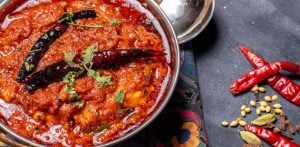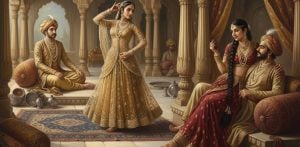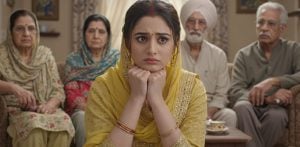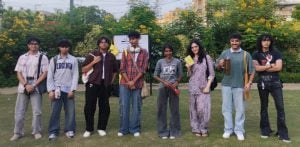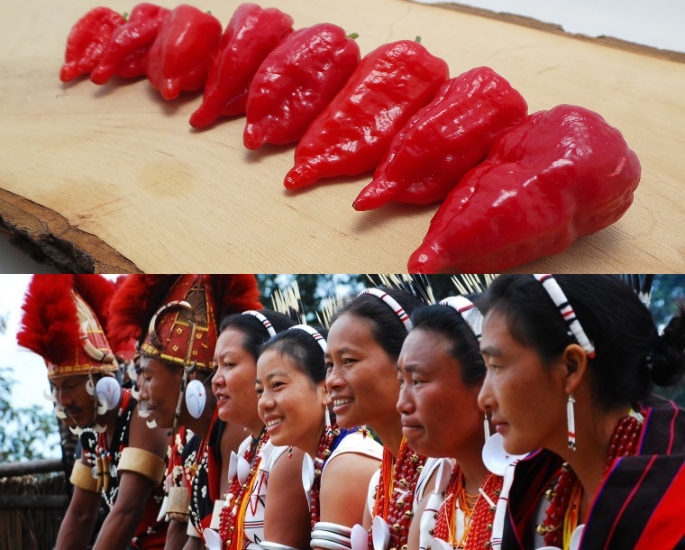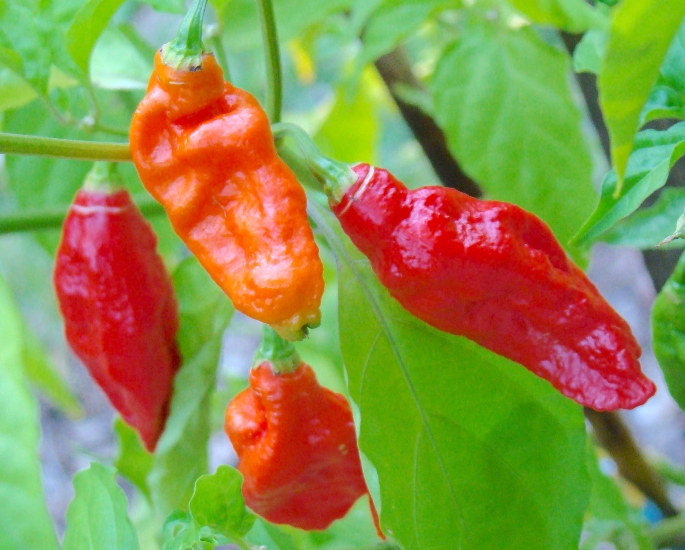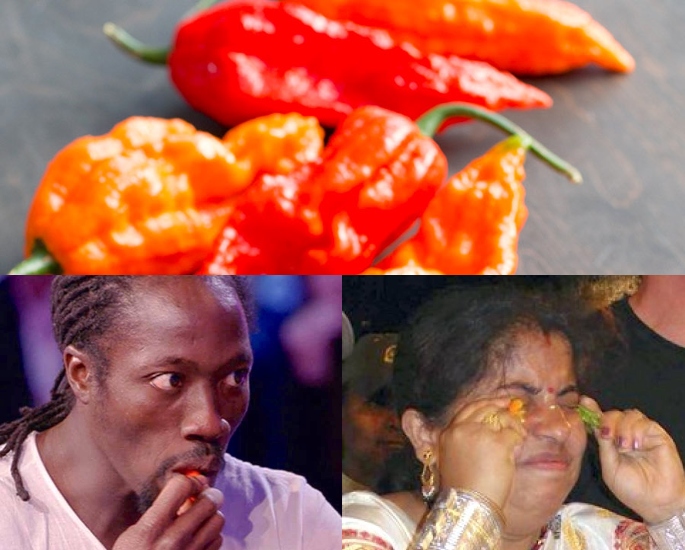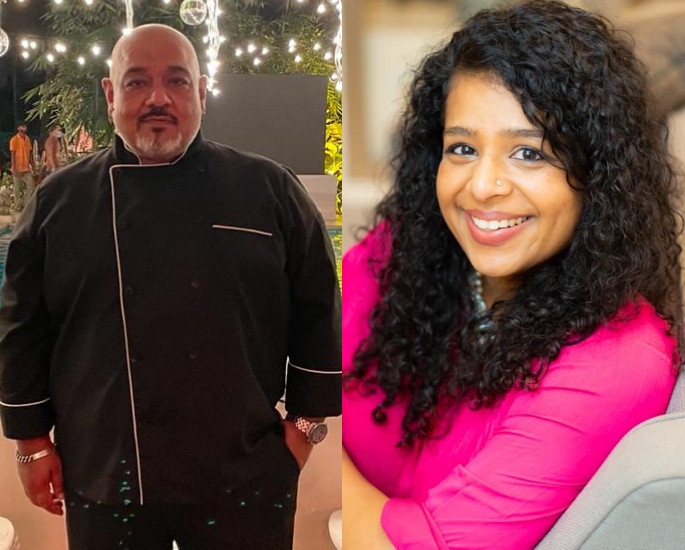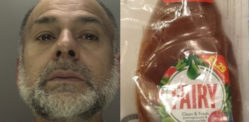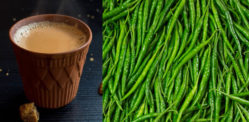”It was literally like swallowing a ball of fire.”
The hottest chilli pepper found in India has stirred up quite a bit of questioning. It has raised eyebrows and burnt a few tongues as well.
Many Indians adore a spicy seasoning in their meals. Spice in rice and daal (lentils) is as enjoyable and perhaps as necessary as salt on chips.
But one has to be careful with what spices they add. These can make or break a dish.
The hottest chilli pepper from India has been confirmed as the Bhut Jolokia chilli. It is also known as the ‘ghost pepper.’
But what gives the Bhut Jolokia its special distinction.
DESIblitz explores this fascinating food item and why it is the hottest Indian chilli.
Origins and History
The Bhut Jolokia is widely recognised for its plump appearance. It is noticeably pungent when its aroma wraps itself around a pair of nostrils.
The chilli hails from Assam in northeastern India. It is believed that the spice was consumed extensively by the ancient Naga tribe.
The tribe also used the Bhut Jolokia to vanquish their enemies and to clean skulls. The chilli was also developed into grenades.
This idea was abandoned later on when the peppers rotted.
TasteCooking cites Dr Satkai Chongloi who is a Kuki anthropologist. The Kuki-Chin tribes also possessed a history with the Bhut Jolokia.
Dr Satkai explains the extent of using this chilli as a fighting aid:
“The Kukis would tie the chilli to a burning log of wood and send it to a village to declare war.”
If the spice was hot enough to represent a declaration of war, it must have made a pretty deadly weapon.
When ripened, these peppers can grow to 60-85 millimetres in length. As well as Assam, it can also be found on the trees of Arunachal Pradesh and Manipur.
According to the etymology ‘bhut’ means ‘ghost’ in Hindi. Hence, this is how the term ‘ghost chilli’ was coined to describe the food item.
Assam also describes the chilli as ‘bih zolokia’, which translates into ‘poison chilli’.
The above names contain words with strong meanings. Therefore, it should come as little surprise that the Bhut Jolokia is regarded as the hottest chilli pepper in India.
What Makes it Hot?
The Bhut Jolokia contains capsaicin in spades. Capsaicin is one of the active components of chillies and peppers.
However, most of these items only carry capsaicin in the placenta.
The substance is spread out more in the Bhut Jolokia. It is found throughout the chilli, which increases its heat.
It has been estimated that the spice has over 1 million Scoville Heat Units (SHU).
The SHU analysis is the number of times capsaicin needs to be diluted by sugary water.
This is so that it can taste sweeter. The higher the SHU measurement is, the hotter the chilli.
Since the Bhut Jolokia reaches over 1 million units, this makes it significantly hotter than many other peppers.
The Atlantic analyses whether the appearance of the chilli is any indication of its heat:
“Because capsaicin, the substance that makes chillies hot, is a yellowish liquid in its pure form, yellow veins often indicate more spice.
“Because the skin of the fruit is kind of a red-orange colour, it’s sometimes hard to see that yellow vesicle.”
But that does not mean that the Bhut Jolokia is any less hot or spicy.
If one consumes the chilli raw, the effects can be discomforting. They can include:
- Reddening of the eyes
- Stomach ache
- Burning sensation in the mouth
It is advisory that gloves should be worn while initially handling these peppers.
All these factors can perhaps act as indicators of the chilli’s powerful heat.
Varieties
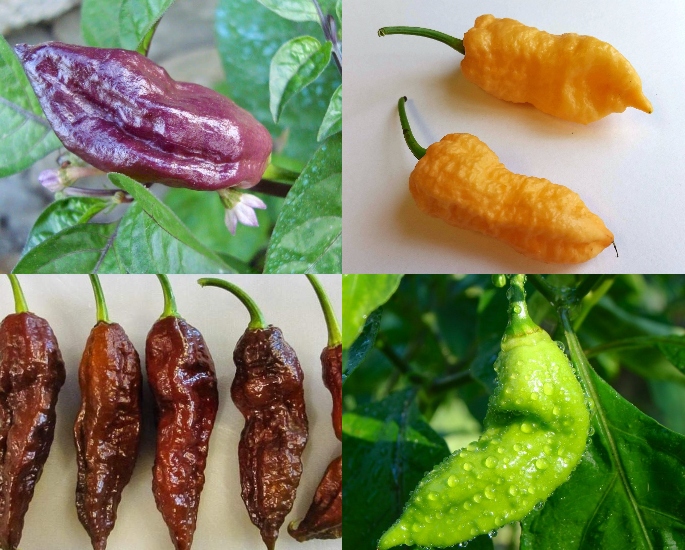
The Bhut Jolokia comes in a variety of colours and flavours. This adds to its uniqueness. The colours can include green and purple.
The green hybrid is accompanied by a fruity taste. While the green pepper is less spicy than the red hottest chilli pepper, it still carries high potency.
Purple peppers need direct exposure to sunlight to gain their quirky colour.
However, this type of chilli is rare. Some Bhut Jolokia chillies never turn purple and end up turning the usual red colour.
The Bhut Jolokia chilli can also be found in a range of intriguing flavours. Among these are peach and chocolate.
Like the green version, peach peppers also consist of a fruity texture.
The lengths of such peppers are typically four inches or 10.16cm.
Peach chillies are as hot as the red variety, but their flavour gives them a delightful distinction.
A chocolate chilli can perhaps be compared to marmite. You either hate it or love it. They have a lengthy germination period. This is the sprouting of the seed.
It can also include oxygen consumption and the absorption of water.
The chocolate Bhut Jolokia contains a hazy aroma and the heat can be combatted with the delicious flavour.
The Bhut Jolokia is certainly one of a kind with so many flavours, colours and tastes.
Records
In 2007, The Guinness Book of World Records stated that the Bhut Jolokia is the hottest chilli pepper worldwide.
They confirmed that it is found in Assam. Thus, this creates a unique record for India.
On January 22, 2016, Amedonou Kankue held a record for eating 10 ghost chillis in the shortest amount of time.
This record includes him consuming three peppers in just over 30 seconds.
This was no small feat. With the Bhut Jolokia being 400 times hotter than tabasco sauce, it makes the latter seem like an ice cube.
Anandita Dutta Tamuly is a woman from Assam. In 2006, she earned a mention in the Limca Book of Records. She consumed 60 Bhut Jolokia chillis in two minutes.
Furthermore, in only one minute, she smeared 12 peppers in her eyes.
In 2009, she ate 51 chillies in two minutes and rubbed 25 in her eyes. This was in the presence of renowned chef Gordon Ramsay.
However, she was disappointed with this particular performance:
“I felt so terrible I could eat only 51. In 2006, I had eaten 60 of them in two minutes for a local record event.
“But I am sure I shall make it to the Guinness World Records.”
Anandita has surely set a precedence with her consumption of 60 chillies.
The Hindu Business Line states another distinction that the pepper holds from other chillis:
“Bhut Jolokia is held in high esteem for its ability to fix an upset stomach and, supposedly, help the body survive scorching summers.”
The pepper is also used in martinis and Assam prides itself in using it as a tea ingredient.
Not many chillis can boast of this. This information proves that the chilli is not only unique but also somewhat necessary.
Opinions
Naturally, this spicy chilli pepper would conjure up several ideas and opinions from many.
In May 2021, when Masterchef judges tried the word’s hottest chillis, they included the Bhut Jolokia.
Upon trying the pepper, they exclaimed:
“My teeth are sweating!”
Shonali Muthalaly from The Hindu wrote about her experiences with the chilli:
“That pleasurable tingle in my mouth has spread to a raging fire. Water is no help at all.
“As expected, it’s seriously hot — tears in my eyes hot. Also, inexplicably, it makes me start sneezing.”
Renowned film producer and food connoisseur Suryaveer Singh Bhullar also shared his thoughts about the chilli:
”It was literally like swallowing a ball of fire.”
Such words suggest that this chilli is not something to take lightly.
Suryaveer Ji adds that he uses the pepper primarily in sauces and curries.
The Bhut Jolokia is undoubtedly the world’s hottest chilli pepper. It is unique, intriguing and an asset to India.
Herbs and spices are key features of Indian cuisine. However, this particular pepper is avoided and with good reason.
Gloves and goggles are used while handling and preparing this chilli. It is no small matter when it comes to cooking.
This ghost pepper comes in differing forms and flavours. This only adds to its unique selling points and its place in the smoking food market.
If ever one needs a pungent taste that will leave their faces melting, the Bhut Jolokia is a good call.


























